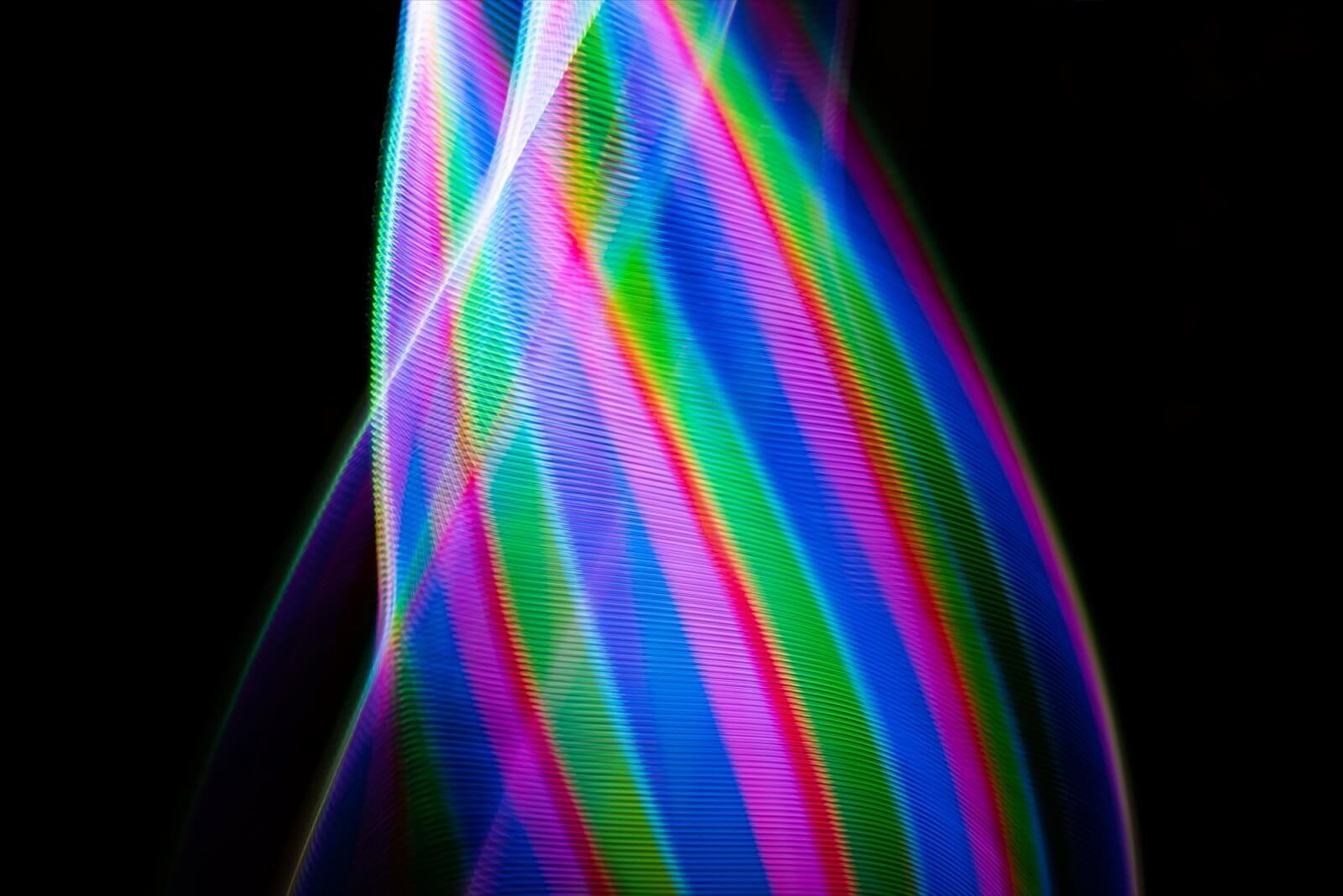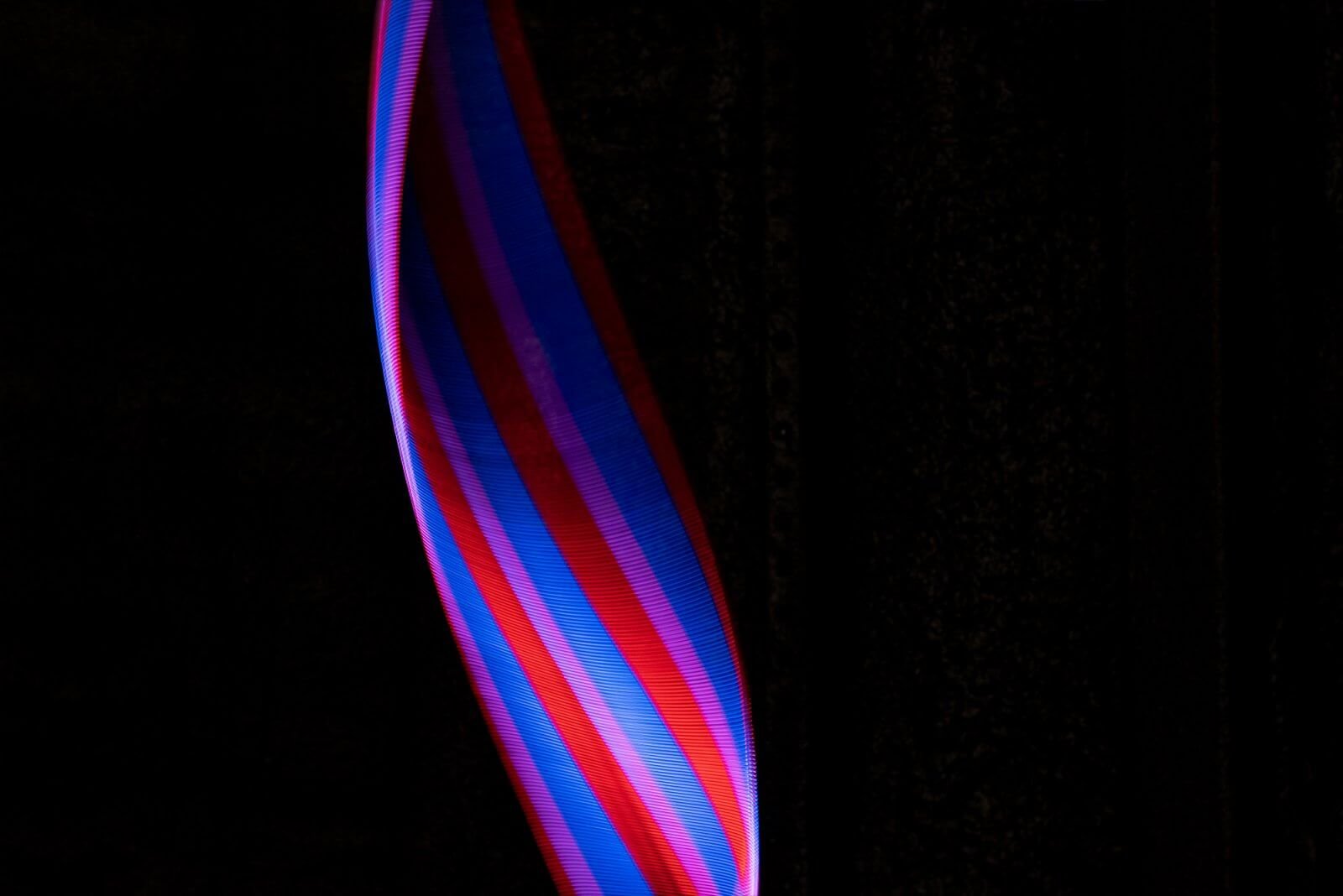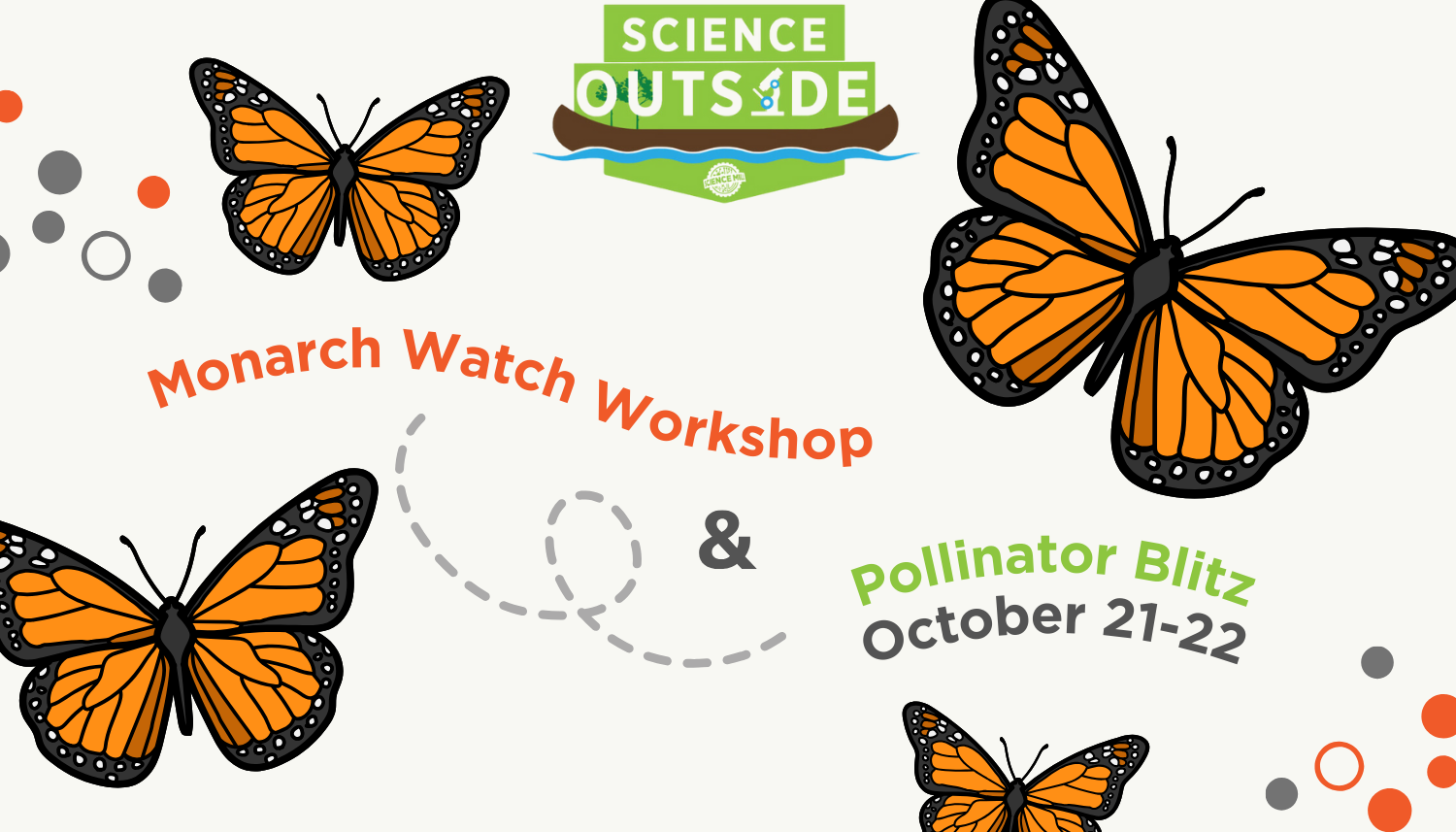See light like never before at the Light Loom exhibit at the Science Mill.
In the spirit of inspiring the next generation of STEM professionals through hands-on learning, the Science Mill collaborated with Patten Studio to create an interactive installation to bring new life to an old grain silo. The result is the Light Loom — is a one-of-a-kind kinetic sculpture that unravels visible light to teach visitors of all ages about the properties of additive color.
In Light Loom, a cord spanning the entire 40’ height of the silo is spun by an attached motor, generating a waveform. The undulating rope is illuminated by LED light, which looked at directly, appears white. However, the motion of the rope reveals that this white light is created by mixing various different colors of light together. As the cord moves back and forth, the white light is “unraveled” into the various colors of light that were previously combined, revealing it to be a kind of optical illusion.
Visitors engage the sculpture through an interface made of touch-free optical sensors. Each sensor represents one of the primary colors in additive color theory: red, green, and blue. These sensors control the LED color input being shone through the sculpture from below, resulting in different additive color combinations. By playing with the sculpture, visitors discover that red and green form yellow, red and blue form magenta, blue and green form cyan, and white light is produced when all three primary colors coincide.
Photo by Patten Studio









